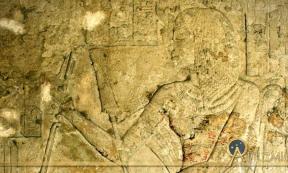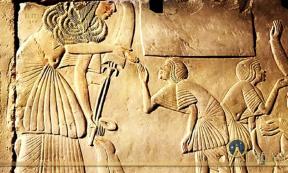Egyptian Figures
The Figures of Egypt take many forms – from living beings to legendary gods, and even hybrids of the two – pharaohs were treated as gods too. And as much history was written in stone, we have many records of who ruled, who was worshipped, and even who made the beer! Some of the famous figures still exist today, in the form of mummified remains. Here you can explore them all.






































